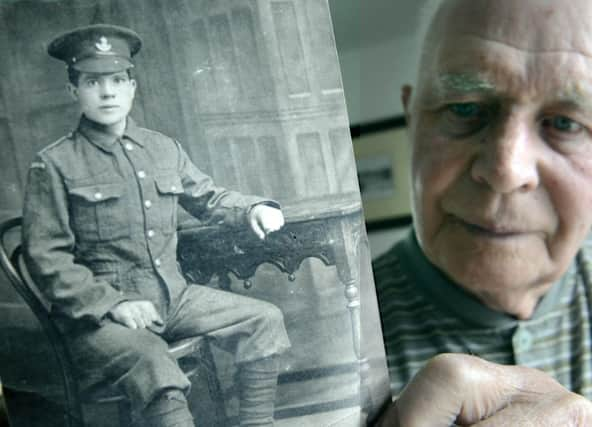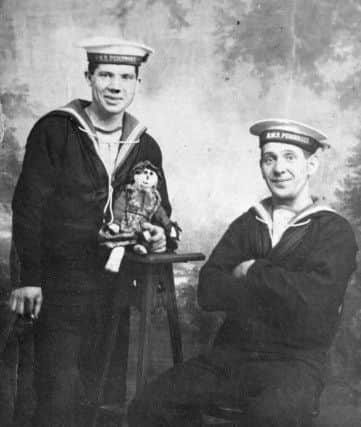The Hartlepool man who swapped the trenches for warships - and then found himself in the biggest naval battle of the First World War


It was a battle which was so terrible, the men who served it in often did not want to reflect on the horrors of the Battle of Jutland.
But at least Fred did share some thoughts on the mighty naval conflict which claimed the lives of thousands of men.


Advertisement
Hide AdAdvertisement
Hide AdAnd thanks to his son Stan, we can re-live one Hartlepool man’s role in it all.
Chris Cordner reports.
For the last fortnight, we have detailed the epic Battle of Jutland and how it impacted on our town.
It spread over two days, from May 31 to June 1, 1916.


By the end, the German High Seas Fleet lost 11 ships and just over 3,000 men.
On the Allied side, 14 ships of the British Grand Fleet were sunk, with the loss of over 6,000 men.
Advertisement
Hide AdAdvertisement
Hide AdToday, Hartlepool man Stan Walker pays tribute to his father Fred, who was known to his friends Kish, and who was one of many town men who stoked the fires of the great ships involved in the fight.
Fred was a stoker first class on board HMS Erin which served in the Second Battle Squadron.
HMS Erin was a dreadnought battleship of the Royal Navy yet her original purpose wasn’t even to be any part of the British fleet.
She had been due to go to the Ottoman government and be named Reşadiye.
Advertisement
Hide AdAdvertisement
Hide AdBut when the First World War broke out, she was seized on the orders of Winston Churchill, the First Lord of the Admiralty.
She became part the Second Battle Squadron which also included King George V, Ajax, Centurion and Erin. She was right in the middle of the battle and it wasn’t pretty.
Fred’s role wasn’t a particularly glamorous one. Like many Hartlepool men involved in the battle, he was deep within the heart of the ship, stoking the fires which kept the steam engines going.
He lived to tell the tale but afterwards, he was a reluctant hero. Stan said: “He only said it was brutal but he survived.”
Advertisement
Hide AdAdvertisement
Hide AdShe remained with the Grand Fleet for the remainder of the war, seeing no further enemy action after the Battle of Jutland.
Yet Fred’s role in the war could have been so different.
He first signed up as a soldier in the Durham Light Infantry but Stan said: “He deferred out of the Army and joined the Navy.”
He was given a free pardon because he kept up his involvement in the war, and became a Stoker First Class.
After the war, Fred became a moulder by trade and was married to Isabella. They had ten children and Stan was the second youngest.
Advertisement
Hide AdAdvertisement
Hide AdFred died in the early 1950s and even to the end, “never talked much” about his role in one of the greatest battles of all time.
Stan, who is now 83, is married to Shirley, 81, and they have three daughters.
We would love to hear from more people with ancestors who fought in the famous battle.
Get in touch by emailing [email protected]